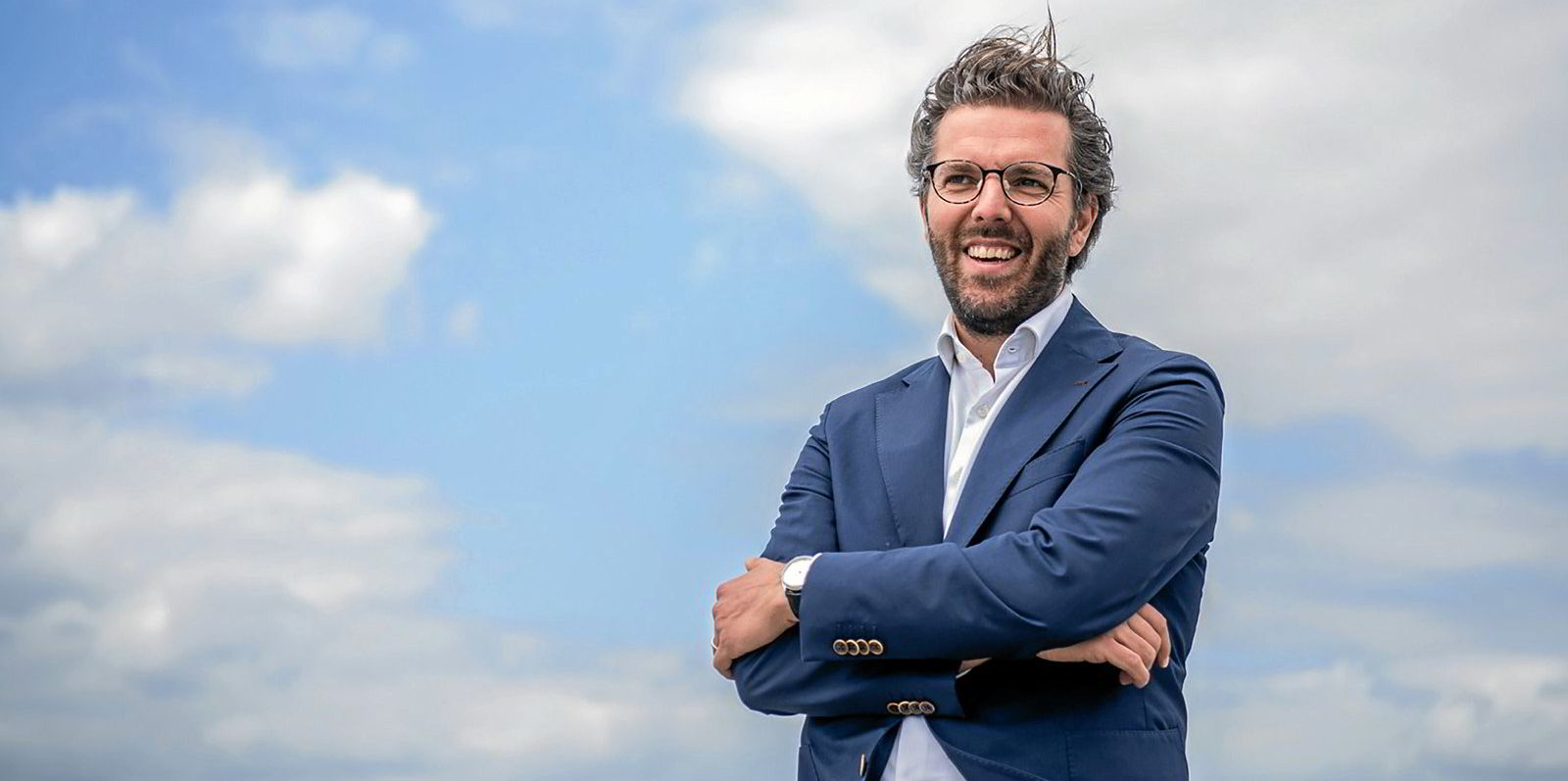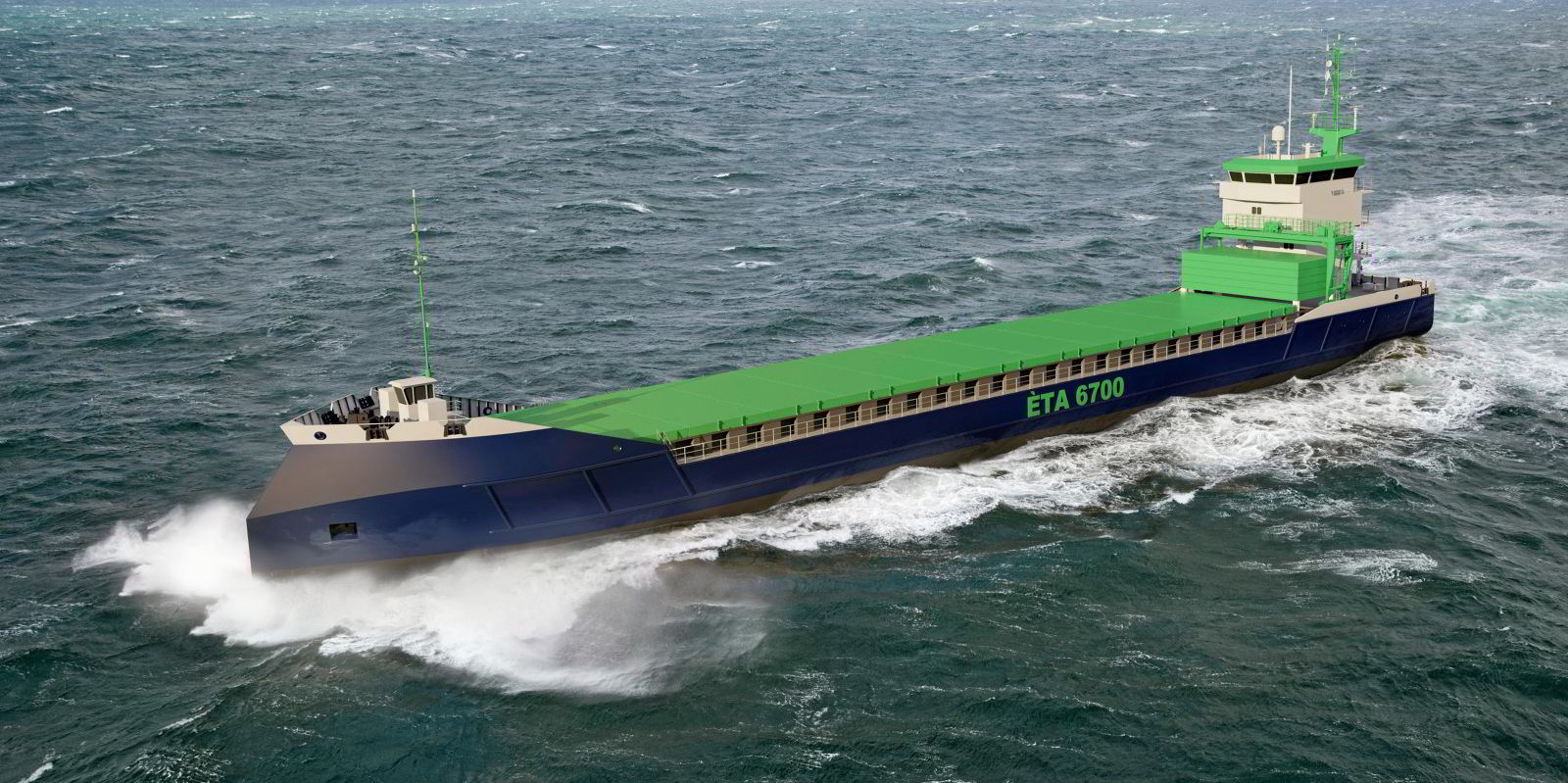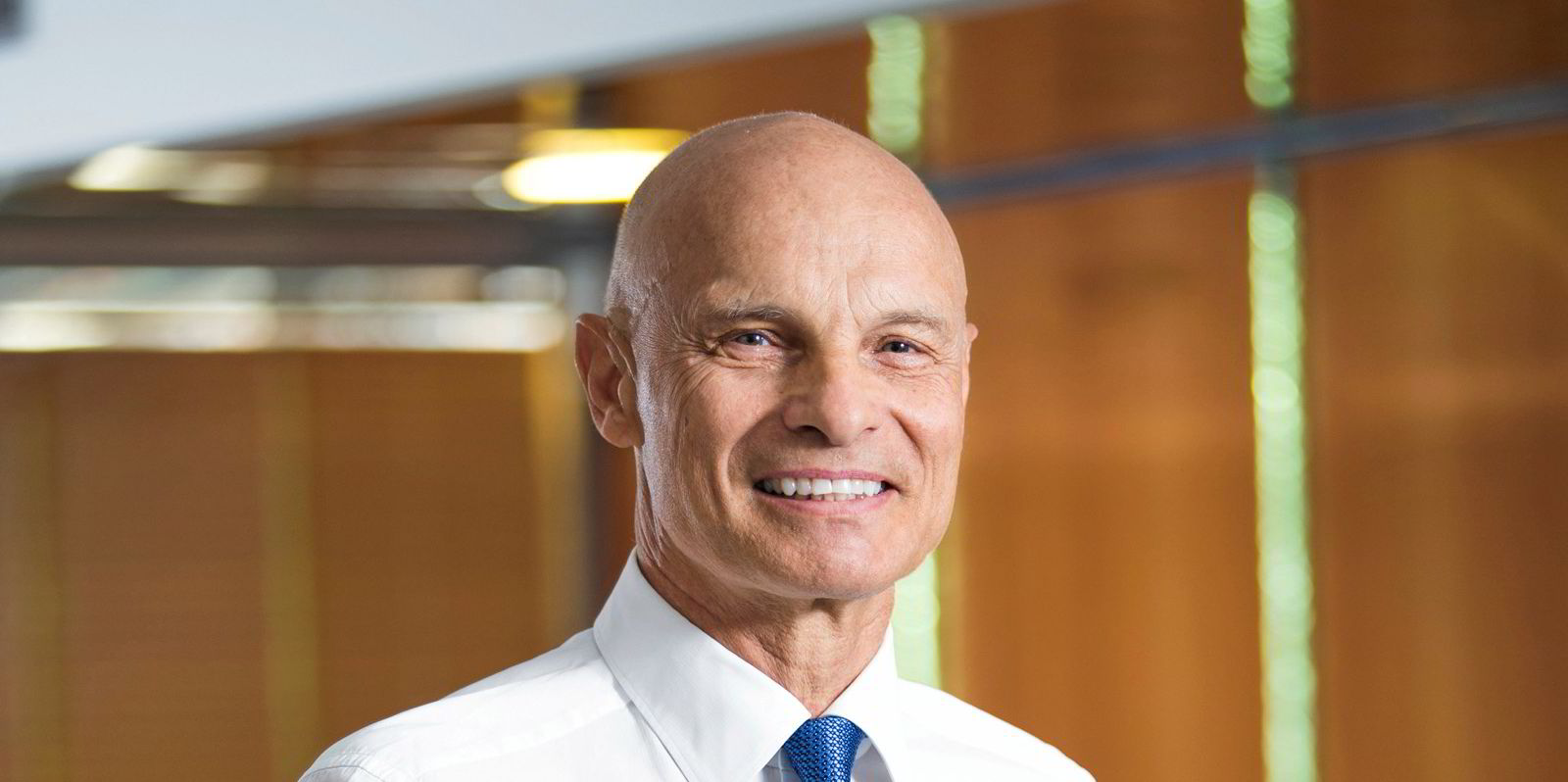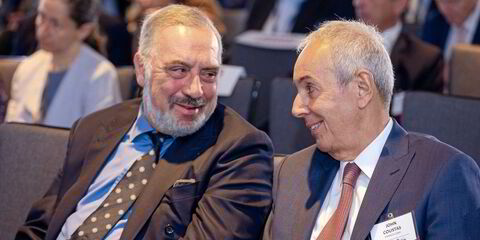Belgian owner Compagnie Maritime Belge (CMB) is taking its tally of 6,000-teu ships on order at China's Qingdao Yangfan Shipbuilding to six.
The Antwerp-based shipowner has exercised four of six options in the series, the company confirmed.
This adds to an initial order of two vessels in the series that were placed in November 2020.
The six vessels are expected to be delivered from the end of 2022 and into 2023.
The ships will also be the largest containerships to feature ice-class 1A notation, which is not normally required for bigger ships, according to Alphaliner data.
The research firm lists the vessels as having a nominal capacity of 5,890 teu, with a 40-metre beam and 1,150 reefer plugs.
Flexibility is key
The newbuildings are not designed with any trade in mind, said Maxime Van Eecke, managing director of CMB's Delphis containership owning division.
That distinguishes them from four ice-class Kielmax vessels of 1,924 teu in the CMB fleet that are optimised for transit through the Kiel Canal.
“It’s more an approach,” said Van Eecke.
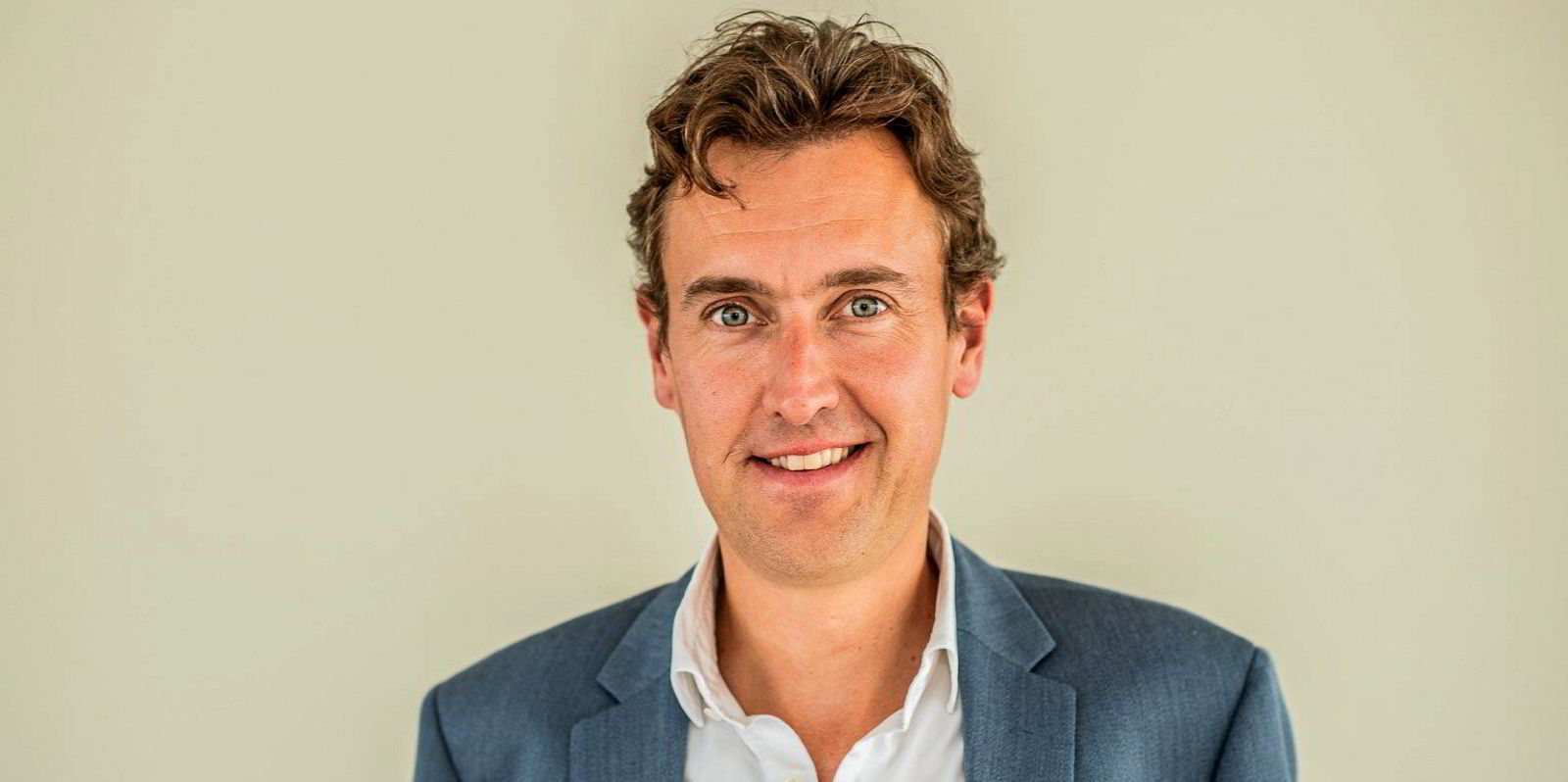
“We’re building a ship for the next 20 years and we want to make sure it’s going to be as flexible as possible.”
The ships are designed to operate with conventional fuels. But the shipowner is expected to look at alternative fuels, such as hydrogen and ammonia, closer to the delivery date.
The vessels are CMB’s first containership orders since 2015.
The price of the vessels has not been revealed, although similar high-specification designs were reported to have been under discussion last year at a cost of about $60m each.
The order has been placed in a segment of the container shipping segment in which very few ships have been ordered.
The midsize sector of the containership market also has an ageing fleet and some analysts expect a shortage in the coming years.
Hydrogen ambitions progressing
CMB has also revealed it is teaming up with Itochu Corp and Nippon Coke & Engineering (NCE) in Japan to build a company dedicated to local hydrogen production.
Using NCE's hydrogen and CMB's hydrogen engine, both supply and demand will be fulfilled on the southern island of Kyushu, the shipowner said.
Since 2017, CMB has developed a wide variety of hydrogen-powered applications for the maritime and port industry.
The group has also developed the world's first 1-MW dual-fuel engine in a joint venture with ABC Engines.
In April, it plans to start the commercial operation of passengerships with a dual-fuel engine in the Setouchi area of Japan.
Compared to fuel cells, hydrogen-powered dual-fuel engines can reduce initial investment costs and be introduced without compromising performance and reliability, CMB has claimed.
"CMB has been present in Japan for 40 years and is looking forward to developing its hydrogen and shipping business further with new and existing local partners," said chief executive Alexander Saverys said.
"CMB fully supports Japan’s view on the hydrogen society and will do its utmost to assist all economic and government institutions to strengthen Japan’s status as a leading hydrogen nation."
